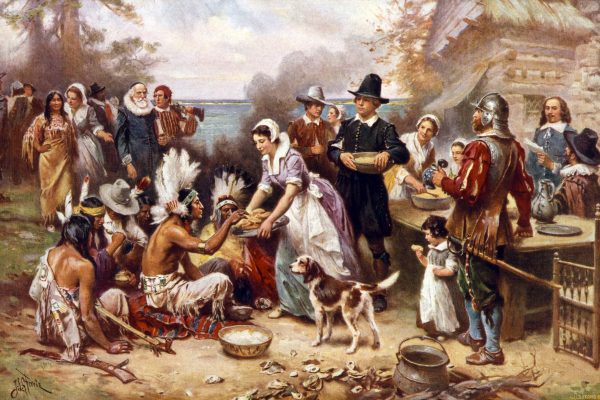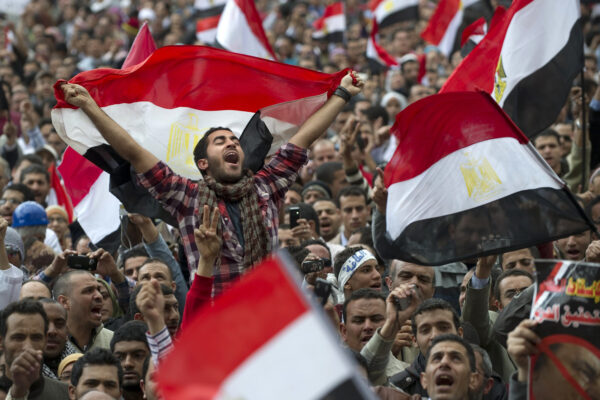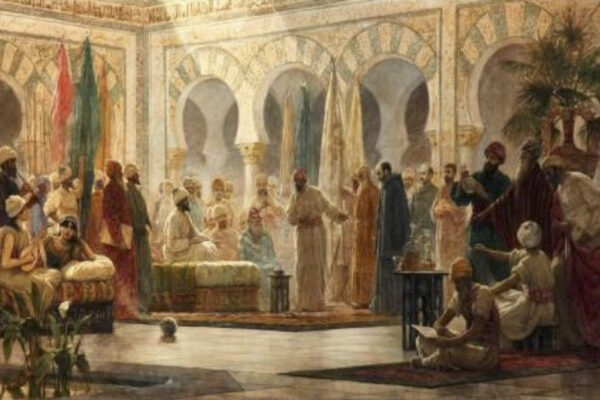To understand the current humanitarian crisis unfolding in Afghanistan today, we need to go back in history – who exactly are the Taliban, where did they come from, and what are their aims?
To understand the current humanitarian crisis unfolding in Afghanistan today, we need to go back in history – who exactly are the Taliban, where did they come from, and what are their aims?
Following the Soviet Union’s withdrawal from Afghanistan as well as the subsequent collapse of the government of Mohammad Najibullah, the Taliban were just a small group of religious students from the Pashtun areas of eastern and southern Afghanistan who were educated in traditional Islamic schools in Pakistan. Fast forward less than 30 years later and the Taliban have just taken control of Afghanistan after President Ashraf Ghani fled the country.
To understand how this happened and indeed who the Taliban are and what their aims are, we must delve into their history.
Soviet Invasion
When the Soviet Union expanded its regime into Afghanistan in 1979, they were met with a wave of mujahideen fighters.
Pakistani prime minister, Muhammad Zia-ul-Haq, feared that the Soviets were planning to also invade Balochistan – so he gathered support from Saudi Arabia and the USA to fight against the Soviet forces. The CIA and GID then began funnelling equipment through the Pakistani ISI to the Afghan Mujahideen with over 90,000 Afghans – including Taliban leader Mohammad Omar – trained by Pakistan’s ISI.
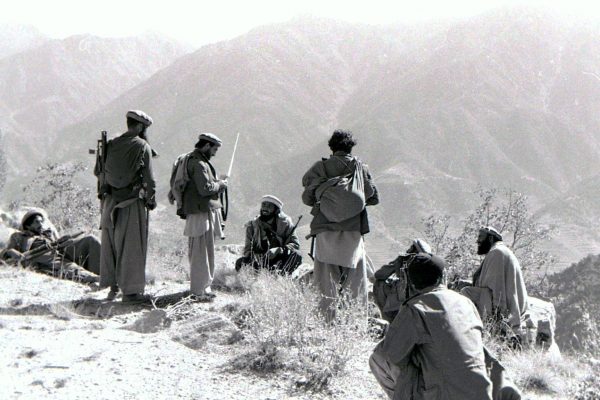
After the Mujahideen drove out the Soviet forces, Mohammad Omar founded the group in 1994 when Afghanistan descended into civil war. Omar, along with 50 of his students, claimed the control of Afghanistan was with the “corrupt and wicked ones” and that Islam wasn’t being upheld after the ousting of communist rule.
Within a month, 15,000 students from Jamiat Ulema-e-Islam-run madrasas had joined the group with the US government providing schoolbooks promoting militant Islamic teachings – and included images of weapons and soldiers in an effort to instill in children a hatred of foreign invaders.
Growth of the Mujahideen
In 1995, Mohammad Omar explained how he “asked the religious scholars for their advice and received a shari’a-based decree from them. In the light of this decree from our religious scholars, we started our armed resistance to the corrupt regime in Kabul. We started this movement for the protection of the faith and the implementation of the shari’a law and the safeguarding of our sovereignty.”
Being motivated by the “suffering of the Afghan people”, the Taliban grew in momentum after taking the Kandahar province, organising the loose Mujahideen groups with the help of financial support from Pakistan’s ISI, and creating committees and departments which were designed to fulfil government functions.
On the 27th September 1996, the Taliban captured Kabul, establishing the Islamic Emirate of Afghanistan which many analysts including Human Rights Watch described as a proxy force for Pakistan’s regional interests.
Massacres and Ethnic Cleansing
When the Islamic Emirate of Afghanistan was established, twenty years of continuous war had devastated Afghanistan’s infrastructure and economy with no running water, little electricity, few telephones, functioning roads, or energy supplies. Afghanistan’s infant mortality was the highest in the world and a quarter of children died before reaching their fifth birthday – but the pain and suffering was not ending with the Taliban’s understanding being as long as the option to fight existed, then there would be fighting, or Afghanistan as a whole would fracture.
So the fighting continued; with support from the Pakistani military, there were constant attacks on the United Front (Northern Alliance) including the attack on Sheberghan, the main military base of Abdul Rashid Dostum. The Taliban’s aims were to unify Afghanistan from the various factions that existed by re-establishing Pashtun dominance through an Islamic government alongside a strict interpretation of Sharia law; yet the fundamental principles of Islam were ignored during Taliban rule.
The systematic massacre of ethnic minorities included the Hazaras – the Taliban executed more than 15,000 Hazara Muslims just based on their ethnicity and sectarian differences – with the ethnic cleansing in Mazar-I-Sharif in 1998 being one of the worst massacre campaigns of the Taliban with 6000 killed.
Discrimination towards women, which emulated the times of Jahiliya where it was a “crime to be a women”, included banning women from education, leaving their houses, getting jobs, and forced marriage and sex slavery of girls as young as 12 years old usually from the Tajik, Uzbek, Hazara, and other non-Pashtun ethnic groups.
There was also discrimination towards Hindus, Buddhists, and Sikhs which included apartheid policies of forbidding non-Muslims from criticising Muslims, forbidding non-Muslims to live in the same residence as Muslims, and ordering non-Muslims to identify their houses with yellow cloth as well as wearing yellow clothes so that Muslims could keep their distance.
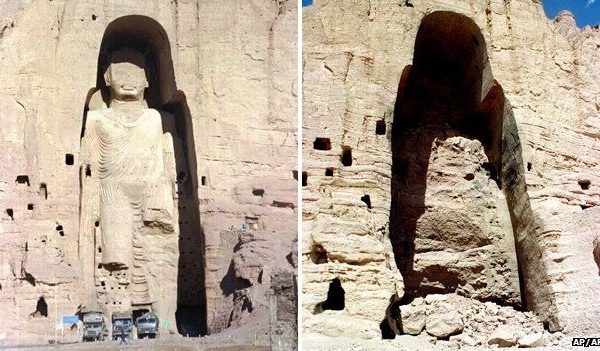
In addition to the destruction of the Buddhas of Bamiyan in 2001, which destroyed 2000 years of Buddhist history; there was the block of foreign aid with all NGO offices in Kabul closed by the Taliban in 1998 as well as the murder of the Christian UK charity worker Gayle Williams – who focussed on the training and education of disabled people. She was murdered because the Taliban believed she was preaching Christianity in Afghanistan.
These examples are just scratching the surface of an entire generation scarred by the Taliban rule. Although Ahmad Shah Massoud, the only major anti-Taliban leader, survived for the majority of Taliban rule – establishing justice for women in his controlled provinces – the Taliban still controlled 90% of Afghanistan. But the tide was beginning to turn.
Assassination and Coalition Forces
Massoud was one of the dominoes that led to the fall of the Islamic Emirate of Afghanistan; from 1999, the ethnic Tajik Ahmad Shah Massoud and the ethnic Pashtun Abdul Haq set about uniting all the ethnicities – with Massoud uniting the Tajiks, Hazara, and Uzbeks and Abdul Haq receiving increasing numbers of Pashtun Taliban.
Working with exiled King Zahir Shah, Steve Coll referred to the new alliance as the “grand Pashtun Tajik alliance”. Massoud in 2000 officially brought the new alliance in a meeting to discuss a council of elders to settle the political turmoil in Afghanistan and in 2011, the ethnic leaders from all of Afghanistan addressed the European Parliament asking for humanitarian aid – with Massoud stating that the Taliban and Al-Qaeda had introduced a wrong perception of Islam and also provided intelligence information about a large-scale attack on US soil being imminent.
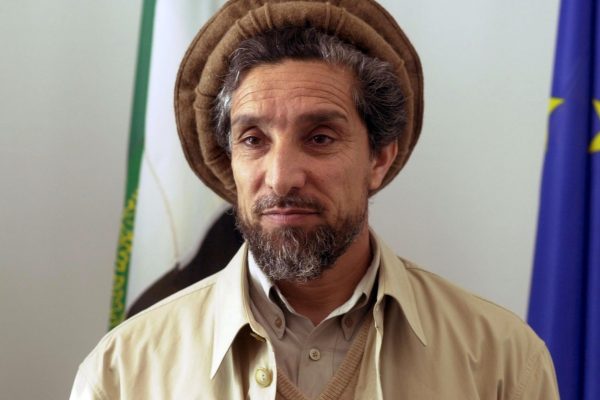
Indeed the September 11th attacks happened just a few months later and just days before the attack Massoud was a target of a suicide attack in the Takhtar province of Afghanistan. Following 9/11 and Massoud’s assassination, the United Front ousted the Taliban from power with the help of American air support. Outside of Afghanistan, there were links with Osama Bin Laden and other terrorists including leading members of Al-Qaeda which began to concern the international community in particular the United States.
On the 20th September 2001, US President George Bush blamed Al Qaeda for the 9/11 attacks and went on to state “tonight the United States of America makes the following demands on the Taliban”, which he said were “not open to negotiation or discussion”. The demands were:
- Deliver to the US all of the leaders of Al-Qaeda
- Release all foreign nationals that have been unjustly imprisoned
- Protect foreign journalists, diplomats, and aid workers
- Close immediately every terrorist training camp
- Hand over every terrorist and their supporters to appropriate authorities
- Give the United States full access to terrorist training camps for inspection
The US petitioned for international states to back a military campaign to overthrow the Taliban and the UN called on all states to “[increase] cooperation and full implementation of the relevant international conventions relating to terrorism” which was widely perceived to be a “legitimate form of self-defence under the UN charter”.
The response of the Taliban: America, give us proof of Bin Laden being involved. The UAE and Saudi Arabia withdrew recognition of the Taliban as Afghanistan’s legal government leaving only Pakistan with diplomatic ties. On the 4th October 2001, the Taliban agreed to turn Bin Laden over to Pakistan for trial but Pakistan blocked this offer and on the 7th October the Taliban offered to detain Bin Laden if the US made a formal request and presented the Taliban with evidence – but the Bush administration denied this as well.
So less than one month after 9/11, the US aided by the UK, Canada, and other NATO countries began bombing Taliban and Al Qaeda-related camps. With some work already done by Massoud, Abul Haq, and the United Front in the years before, the coalition force was able to steamroll the Taliban; with the Taliban finally surrendering Kandahar, their last stronghold in early December after losing Kabul in November.
Karzai and American Influence
In the first couple of years after the end of the Emirate, the Taliban looked defeated with many of the leaders contemplating on whether to join the new system in Kabul. Much like their rise in the 1990s, the resurgence of the Taliban was down to public discontent with the new government headed by Hamid Karzai.
Time was spent creating a coherent organisation with the leadership setting out rules and responsibilities to be followed, and the Taliban set up a shadow government that looked to pounce on the failings of the Kabul government. The hidden leader Mohammad Omar announced an insurgency against “America and its puppets to regain the sovereignty of our country” in late 2004.
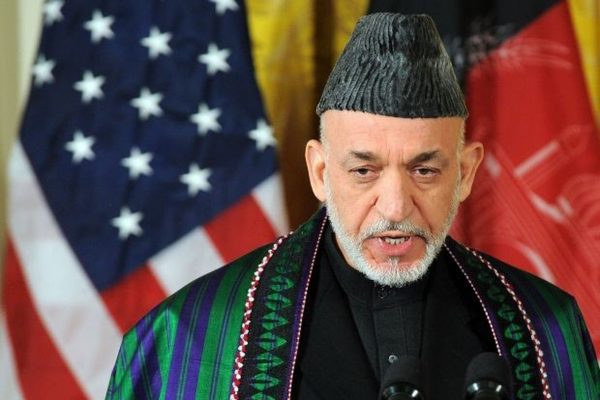
From then on as well as Obama’s election, the war took a dark turn which affected the civilians of Afghanistan severely. Suicide attacks not used in 2001 became more common at the cost of Afghan lives and airstrikes by the US became more frequent. At the same time of the surge, President Karzai was calling for the Taliban to form an alliance in the High Peace Council which was tasked with bringing about reconciliation – however the Taliban saw the HPC as a product of foreign forces.
In June 2012 the Taliban proclaimed that they were “ready to open a political office abroad to reach a peaceful solution of the Afghan issue and understanding with the US”. The Taliban would continue to repeat that it was the “US which is the true independent counterpart to the Taliban…The Americans have been utilising the Karzai administration as a tool for prolonging their occupation.”
The Taliban then opened a political office in Qatar which had the hallmarks to be a major milestone in the peace process – yet President Karzai announced the HPC would not join the talks in Qatar, which effectively broke down any communication for peace.
Growth of Terror
In the disputed 2014 election, the US negotiated the formation of the new Nation Unity government with new President Ashraf Ghani signing a bilateral security agreement to allow the US troops to remain in the country – to which the Taliban saw as an illegitimate and corrupt government supported by the US.
15 years after Operation Enduring Freedom, the Taliban questioned the foreign involvement in Afghanistan, stressing that US occupation got worse with Afghanistan remaining one poorest country in the world; drug production was at a record high; the government in Kabul was one of the most corrupt in the world, ‘run by thieves and gangs of evil’; and security and justice were non-existent.
So fighting continued and massacres of the Afghans too; in January 2018 a suicide bomber killed over 100 people using a bomb in an ambulance, and the ethnic cleansing continued with Hazara newborns attacked in a hospital in Kabul leaving 40 dead in May 2020; schoolgirls aged just 11 were also killed in a school in Kabul, leaving more than 60 dead.
These massacres are once again scratching the surface and there are so many heart-aching stories that are unheard of in news outlets as well as stories of girls as young as 12 years old being forced to marry Taliban fighters after orders were given to local leaders to provide a list of girls to marry – which brings tears to even the most cold-hearted person.
Taliban and Afghanistan Today
Though talks started in 2018 and a peace deal was struck in February 2020, it was Joe Biden’s election as the 46th US president that brought a new twist to the Afghanistan saga as he began to negotiate the withdrawal of US troops by September 11th, believing that the Afghan military was able to hold strong with its 300,000 personnel and multi-billion dollar equipment.
However, the Taliban were far more organised than the corrupt, untrained Afghan forces and were able to take over Afghanistan with relative ease. The Taliban had already started arranging surrender agreements in place before the offensive in May with provincial governors, soldiers, and low-level government officials. By July 23rd, the Taliban had half of Afghanistan’s 421 districts under their control and a YS report estimated the Afghan government could collapse in 90 days; this happened in less than two weeks.
On the 15th August 2021, the Islamic Emirate of Afghanistan was re-established after Kabul was captured by the Taliban without any resistance, and President Ashraf Ghani fled the country to Oman after selling his country out to the Taliban.
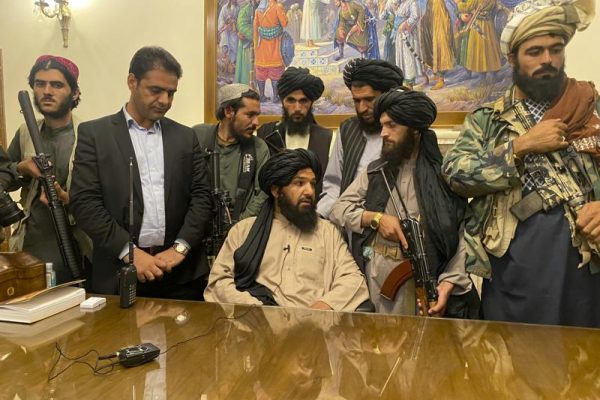
Kabul on the 16th of August descended into chaos following the re-establishment of the Taliban rule, with several killed at Kabul airport attempting to flee Afghanistan with sorry images showing desperate Afghans clinging onto the wheels of a US military aircraft. The city of Kabul was at a standstill on day one of Taliban rule, with businesses shut and people indoors.
The Taliban aims to take back what was lost in the early 2000s; their Islamic emirate with their interpretation of Islamic law. The Taliban have already alluded to stopping mixed education, banning women from working which they already did by forcing eight women bankers to resign, and re-instating forced marriage of women as young as 12 [as of August 17th, 2021].
We don’t know exactly what will happen now with the Taliban back in power but we know one thing; the cycle of conflict will continue and the suffering of the Afghan people as well. We pray Inshallah that one day Afghanistan will finally be free from conflict and the young Afghan children can have dreams just like children here do. May Allah protect the people of Afghanistan.
References
Incremental Peace in Afghanistan
Who Are The Taliban: Afghanistan History
Education, Social Restrictions, and Justice in Taliban-Held Afghanistan
Afghanistan: International Community Must Act Decisively To Avert Further Tragedy
